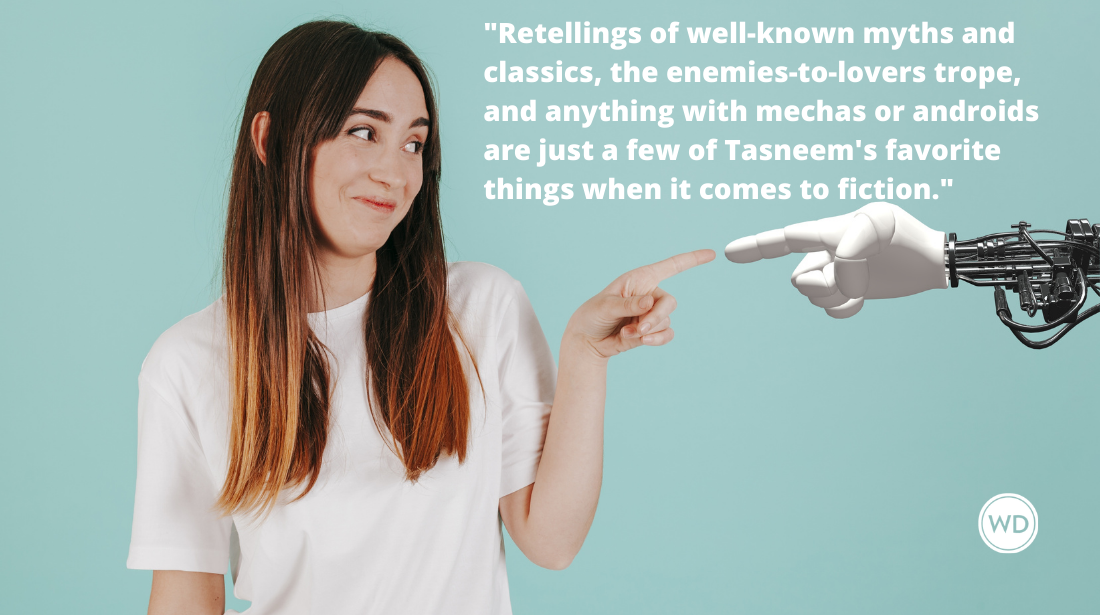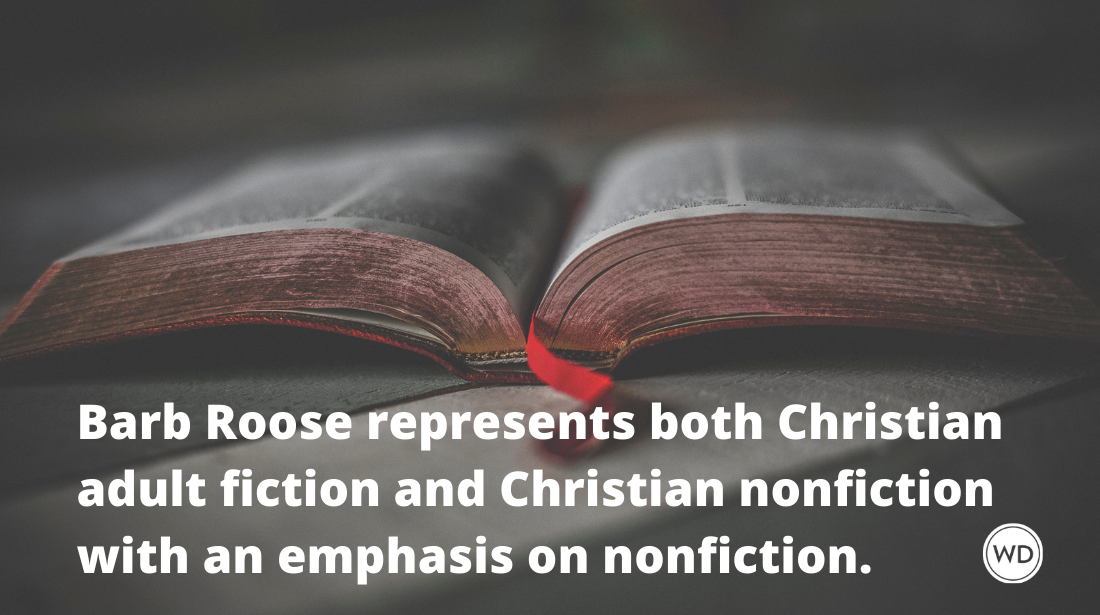Method Writing for Historical Fiction Writers
When I was in high school drama, I was intrigued by method actors. I thought they were a little reckless, a bit more edgy than the average actor. I was impressed by their dedication, by their ability to fully embrace the life of their character. While I didn’t end up being an actress, I satisfied that desire—of inhabiting an entirely different life and set of experiences (with the added bonus of time travel)—with writing (and reading). When I started working on my historical novel I Shall Be Near To You, about a young woman who disguises herself as a man and follows her new husband into the Union Army, I found that merely looking at pictures of soldiers and battlefields or reading descriptions of life on farms and or in the ranks just wasn’t enough for me. I needed to feel like I was truly bringing my characters to life.
When I was in high school drama, I was intrigued by method actors. I thought they were a little reckless, a bit more edgy than the average actor. I was impressed by their dedication, by their ability to fully embrace the life of their character. While I didn’t end up being an actress, I satisfied that desire—of inhabiting an entirely different life and set of experiences (with the added bonus of time travel)—with writing (and reading). When I started working on my historical novel I Shall Be Near To You, about a young woman who disguises herself as a man and follows her new husband into the Union Army, I found that merely looking at pictures of soldiers and battlefields or reading descriptions of life on farms and or in the ranks just wasn’t enough for me. I needed to feel like I was truly bringing my characters to life.
Order a copy of Erin Lindsay McCabe's I Shall Be Near to You.
I began with the mantra “start with what you know.” As a kid I helped raise chickens, and learned to sew, quilt, cross-stitch, and embroider (though I can’t say I truly enjoy any of these activities), so I felt confident in the information and images I could relate about them. I stayed at an isolated cabin in the mountains with an outhouse (and chamber pots for nighttime), an antique woodstove as the only cooktop, and no electricity. Details such as struggling to feed the stove all day long only to have food turn out over- or under-cooked or pouring ashes from the woodstove into the outhouse or knowing the way your thumb gets sore without a thimble or the look of a tiny bead of blood when you prick yourself with a quilting needle—these are the kind of tidbits I wouldn’t have gotten from reading a book or looking at historical photos.
It quickly became apparent the early scenes that resonated most with readers were ones that drew on my real-life experiences and so I set out to create more for myself. In the course of writing my novel, I attended a Civil War re-enactment. It was invaluable. Not just because I saw camps, weapons, artifacts, clothes, or picked the brains of the participants (although those were all incredible, useful experiences too), but because I got to hear the cannons and the muskets firing, and the sound of caissons and horse-drawn ambulances rumbling over rough ground. I learned that any time you can find a living history museum or a historical society or a heritage organization that can help you experience an activity or process, it is worthwhile to go. The tiniest detail you observe will add texture to your novel like nothing else. Watching a video of a soldier loading a musket just isn’t the same as actually seeing or doing it.
Another particular challenge for me is writing setting—and as a writer of historical fiction it’s even more difficult. To make it easier, I searched out buildings in towns that existed when my character would have been walking the streets. I visited the battlefields that appear in the novel. I had done a lot of research, studying battle maps, reading historians’ work and soldiers’ first hand accounts, finding descriptions and photos of the flora. Still, nothing compared to actually following the path my characters would have marched and finding the places where certain pivotal moments occur. Had I not walked through The Cornfield at Antietam, I would have never realized that the leaves made me itch, or that the light changed the farther down the row I went. While it’s certain that the landscape isn’t the same (trees have grown or been cut down, earth has moved, houses and barns have been razed), and buildings still in existence have been modified over the last hundred and fifty plus years, they have a flavor that gives a sense of time and place that you just can’t get out of a photograph.
If there are tasks or chores your characters would have done, I would suggest trying to learn how to do them yourself. I learned how to make soap from scratch (though I can’t say I went so far as to render the fat or leech the lye out of the wood ash), because that was a task my main character, Rosetta, would have done. I raised my own goats, helped deliver the babies, and learned to milk. I planted a garden and tried growing crops that Rosetta might have harvested (pumpkins, dried beans) and preparing food she might have eaten (pumpkin bread, pumpkin soup, split pea soup, ginger cake). I now understand why shelling beans is such an odious task (for my efforts, I didn’t even end up with enough black and pinto beans to make one pot of chili), and I have no idea how families ever grew or harvested or canned enough to last them a whole winter. I ended up with a much greater appreciation for the day-in and day-out grinding work of a subsistence farmer, and it added to my understanding of the physical toughness and the practical mindset life in the 19th century would require. It helped me understand how my characters’ worldview might be completely different from my own.
Despite all the history books, maps, photographs, primary accounts, and videos—none of us can actually experience what life was like in the past. Still, by using “method writing” techniques, I was able to add authenticity and authority to my writing, garnering details and images that I hope will help transport readers to another time and place as they read my novel. And if stirring soap or pricking my thumb make me seem more reckless and edgy too—so much the better.
Erin Lindsay McCabe is the author of the debut novel I SHALL BE NEAR TO YOU(Crown, Jan. 2014), a book that Prince of Tides author Pat Conroy described as “A real gem…In the long, distinguished history of Civil War fiction, Erin Lindsay McCabe has presented us a book that might be for the ages." Erin studiedLiterature at University of California, Santa Cruz, and taught high school English before completing her MFA at St. Mary's College of California in 2010.







